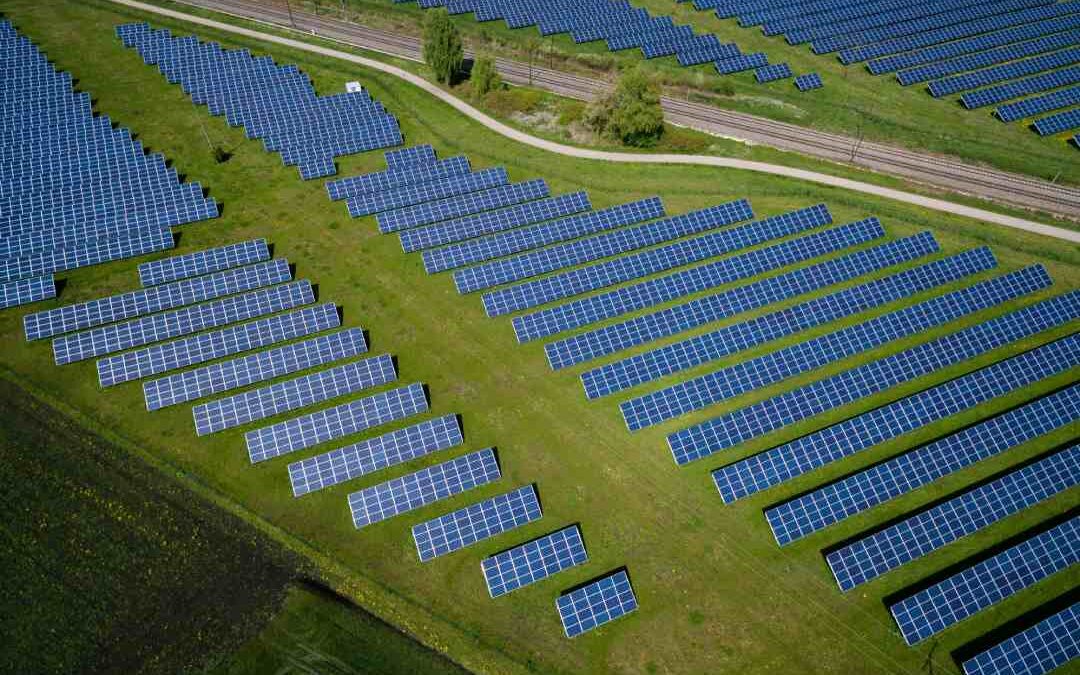Solar Booms in Europe in 2024 Power Generation
2023 saw a record-breaking 14 GWDC of new solar capacity in Germany, with rooftop installations playing a key role.
Solar is set to dominate Europe’s energy mix in 2024, according to research firm Rystad Energy, with solar photovoltaic (PV) generation expected to surge a staggering 50 terawatt-hours (TWh) – outpacing all other sources for the first time. This significant rise is attributed to major capacity installations across the continent, with Germany spearheading the charge.
Germany leads the charge: After a record-breaking year in 2023, Germany is once again spearheading the solar revolution, adding more capacity than any other country in 2024. Notably, 2023 saw a record-breaking 14 GWDC of new solar capacity in Germany, with rooftop installations playing a key role. Over 6.5 GWDC of rooftop solar was installed for homes, powering roughly 1.3 million households.
Wind power holds steady: While not surpassing its 2023 growth, wind power generation is still expected to rise by 38 TWh in 2024. However, the pace of capacity additions needs to accelerate to meet Europe’s ambitious decarbonization goals.
Nuclear comeback: After facing challenges in 2023, Europe’s nuclear sector is expected to see a 20 TWh increase in generation compared to 2022. Despite this improvement, it’s still below pre-2022 levels due to declining capacity.
Fossil fuels decline, but slowly: The transition away from fossil fuels continues, with generation expected to decrease by 60 TWh in 2024. However, the pace slows down compared to 2023 due to a slight increase in overall power demand. The future balance between coal and gas will depend on their cost competitiveness.
A future powered by renewables: Rystad Energy’s analysis indicates that Europe is successfully meeting its rising electricity demand entirely with renewable sources. This achievement signifies that renewable energy growth is outpacing demand, paving the way for a fossil-fuel-free future.
Also Read
Adani Green Links 551 MW from Khavda Solar Park to National Grid

